What is Heart Rate Variability and WHY should I care

Do you ever wake up in the morning and something just doesn't feel right? Regardless of the quantity of sleep and how dialed in your lifestyle habits are, you feel lethargic and stressed. Well, you're not alone in this feeling. This begs the question, ' Wouldn't it be great to wake up each morning, press a magic button and instantly run a self-diagnostics test on our body, mind and spirit?
'
The short answer, HECK YES!
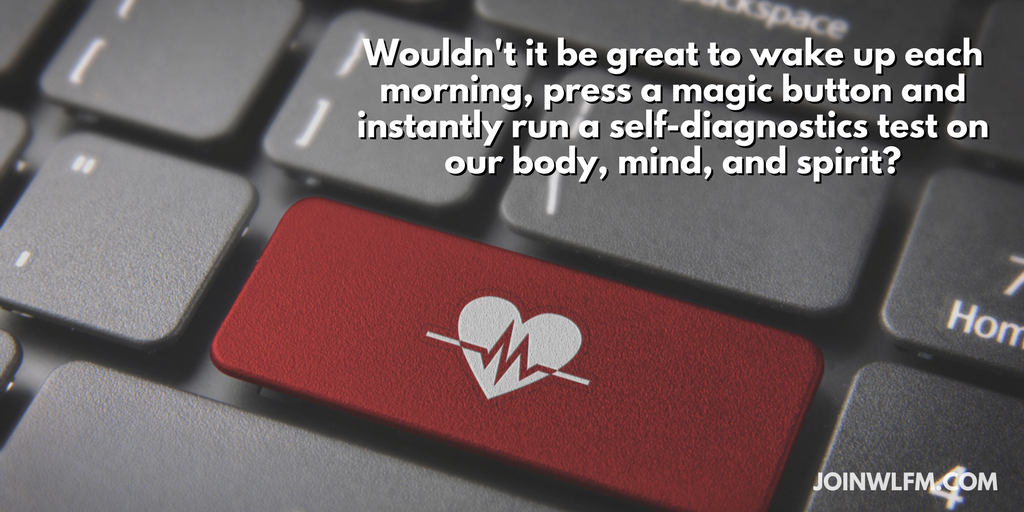
The long answer, Heart Rate Variability is the magic button. Yogis, athletes, and students alike are loving a form of high-tech meditation - HRV Training - which is growing in popularity with bio and Lifehackers everywhere. Not only is this emerging science useful in identifying when we are over-tired or under-recovered, but it's also training us to recognize when we are overly stressed or anxious, and more than that, providing us with a framework to deal with it at the moment.
I, along with a lot of people in my circles, absolutely love this idea, and by the end of this article, I know you will too.
Heart rate variability is a type of tool that's designed to find out how stress affects your body. It basically measures the time between each heartbeat and how it differs when breathing in and out. One of the primary reasons that this metric is tested is that certain HRV amounts can point to good health or bad health, depending on the exact time between heartbeats.
https://www.youtube.com/watch?v=zUyuUoU7lAQ
By having your HRV tested and measured, you will be able to find how much you should work out and basic changes that should be made to your fitness routine. Using this tool can be exceedingly beneficial to your fitness levels.
Heart rate variability is measured by identifying the times between each R spike of your heartbeat. The information for these spikes is provided through an ECG, or electrocardiogram trace. The variation of these heartbeats can be used to find how stress and fatigue are affecting the body during training. This takes into account both physiological and psychological stress.
HRV rates can differ between people depending on overall fitness level, size of the left ventricle, skill, or exercise mode. Such factors as body position, current mood, drugs, altitude, and age all have an effect on HRV. In general, it's believed that a high HRV measurement indicates a good fitness level and good health. On the other hand, a lower HRV can be linked to everything from fatigue to stress. Understanding more about these measurements from apps and monitors like ithlete , BioforceHRV , HRV Plus is basically a small part of the science of recovery.
[caption id="attachment_25443" align="aligncenter" width="618"] ScreenShots from HRV Plus App - available in the app store
for free.[/caption]
ScreenShots from HRV Plus App - available in the app store
for free.[/caption]
Your HRV will be measured along with your resting heart rate over a period of several days. While, at first glance, it might seem that this testing would be lengthy and laborious, the test itself is simply administered once each morning and lasts for just one minute. The measurements span several days to ensure that there isn't an anomaly on one of the days and to ascertain your baseline HRV. Your daily readings are directly compared to the established baseline, which helps with identifying if any large changes have occurred.
Now that you understand what heart rate variability is and how it's measured, it's time to take a look at why it's so important. Without the information provided by these tests, you may continue to under-train or over-train. Both of these can be harmful to your body. When you under-train, you don't actually progress as much as you might believe you are. Under-training can involve anything from not working out as often as you should, performing exercises incorrectly, or simply not pushing to your limits. Achieving a perfect fitness level involves pushing your body to its limits. This allows you to actually increase your limits over time.
https://youtu.be/9nwFUKuJSE0
However, over-training is very dangerous and is what HRV is primarily designed to help with. Over-training involves pushing past your limits. This can damage your body and limit your recovery. Getting in shape or staying in shape is certainly an admirable goal that you should go about trying to do.
[caption id="attachment_25437" align="aligncenter" width="597"] The graph shows the same person, actual readings. First half in stress, second in focus, relax situation. Recorded by Stone Biofeedback device. Image Credit: Wikipedia
[/caption]
The graph shows the same person, actual readings. First half in stress, second in focus, relax situation. Recorded by Stone Biofeedback device. Image Credit: Wikipedia
[/caption]
However, when you exercise too much and train too hard, you're actually reducing the efficacy of your workouts and possibly causing your body much harm. Over-training can thankfully be caught before you do too much damage, as there are clear signs and symptoms that occur during the recovery process following a workout routine.
One of the more common ways in which over-training occurs is by starting another workout session before you've fully recovered from your previous one. If this damaging cycle is kept up for a lengthy period, portions of your body will stop functioning properly.
There is a myriad of long-term effects of over-training, but the most important things to look out for are the first symptoms. Injuries such as stress fractures are common with over-training, as are illnesses that occur due to reduced function in the immune system. You'll begin to experience fatigue on a more regular basis as well as a quick reduction of lean body weight, which is certainly counterproductive when trying to stay healthy.
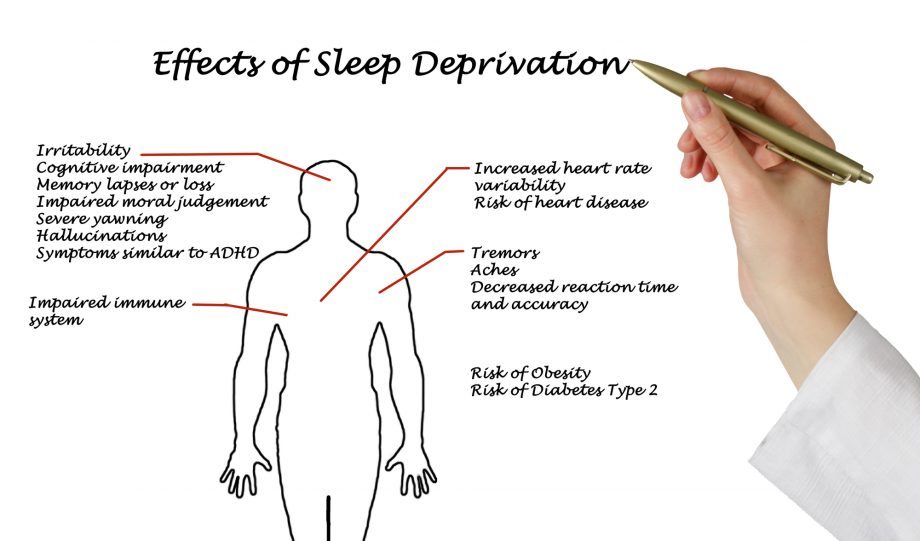
You might also suffer from an increase in your resting heart rate. Basically, this can set you back in many ways. Your body will become weaker and it will simply take you longer to complete your workout goals. Many people believe that training and exercising is the only thing necessary towards achieving a fitter and healthier body. However, it's just one cog in the wheel. For instance, getting a good amount of sleep during your recovery phase is essential if you want your muscles to heal, grow and see your fat lessen.
Studies have shown that athletes who over-train themselves have a lower HRV than athletes that exercise the right way. This is why having your HRV levels tested is so important. Not only will learning about your HRV levels prevent you from over-training now and in the future, but it will also help you know more about your body and what it takes to make your training more effective. There are times during the recovery phase when your HRV numbers could be low. However, they should bounce higher as the recovery phase continues. It's only when the baseline remains low that you should consider adjusting the way you approach working out.
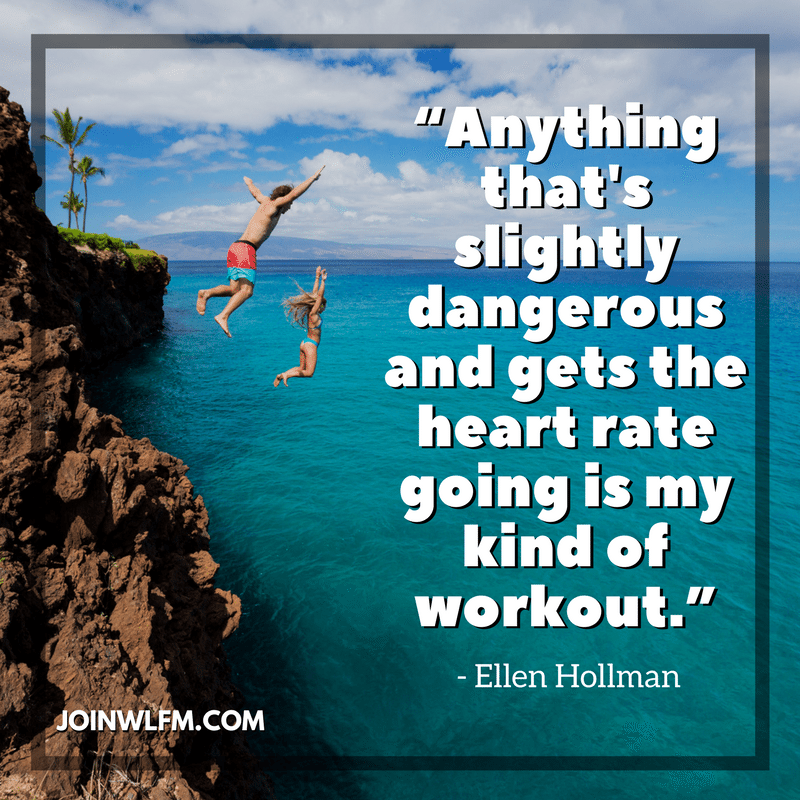
As touched upon before, HRV is an extremely useful metric when you wish to maximize your training potential. Without having this variable tested, you could under-train or over-train, both of which can be very harmful to your body. In fact, over-training on a consistent basis can take a long time to fully recover from, months if the damage was extensive. While it's certainly difficult to find out every effect that training has on the body, HRV is the best tool for determining whether you're training correctly and how to fix the issues if you aren't.
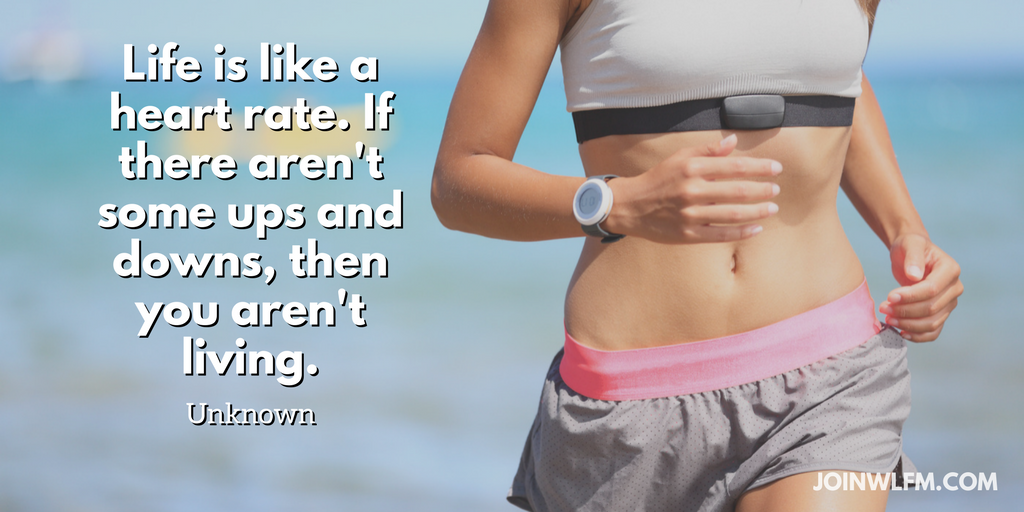
Each time you workout, you start out at whatever your current fitness level is. As your tissue is broken down, your fitness level will lessen throughout your training. During the recovery period, this level will rise. If you're training correctly, it will hopefully rise to above the level it was at before you last worked out.
To best understand the benefits and advantages of utilizing HRV, it's important to look at the results of studies that have been done with this method. One such study focused on soldiers with PTSD. When using HRV to regulate their training, participants saw substantial improvements in many cognitive functions. Additional health outcomes seen in separate studies displayed improvements in cholesterol levels, blood pressure, and glucose levels. Fatigue and stress were also greatly reduced. Without the use of HRV, you can easily miss the signs of over-training. The loss of any earlier gains you had made can take months to get back. With HRV, regulating your training is easy, allowing you to maximize your fitness levels.
If you wish to get started with HRV, you can easily do so with a simple heart rate sensor. This can come in the form of a finger sensor or chest strap monitor. When using a program such as ithlete or a similar one, you will be tasked with downloading an app that will record your heart rate and its variability. These apps are intuitive, easy-to-use, and informative, providing you with all the information you need to name current problems with your training and what you can do to fix these problems. Measuring your HRV typically takes around one minute.
To simplify the process, I highly recommend checking out the BioForce HRV kit. These guys practically 'wrote the book on HRV' and have everything you need to maximize HRV in your life. The Bioforce HRV System includes, a compatible heart rate monitor, HRV training guide, and an integrated web app that lets you track your workouts, chart your progress, and join the BioForce HRV community. Click on the image below for more info:
[caption id="attachment_25425" align="aligncenter" width="500"]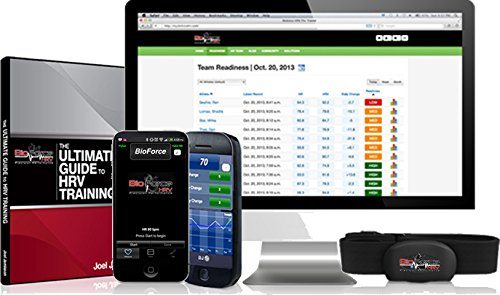 BioForce HRV Kit - all you need for heart rate variability testing at home[/caption]
BioForce HRV Kit - all you need for heart rate variability testing at home[/caption]
Each morning after you wake, place the finger sensor or chest strap in its position and follow the app instructions. Once 60 seconds have passed, you'll be provided with all the important info from the reading, as well as a training recommendation for the day. You'll know when to train, how to train, and when it's time to rest. The recovery period is just as important as the time you spend working out. Understanding how to best help this recovery period will work wonders with your overall fitness.
Now that you know how to get started with HRV, you can buy a heart rate sensor and take your first measurement.
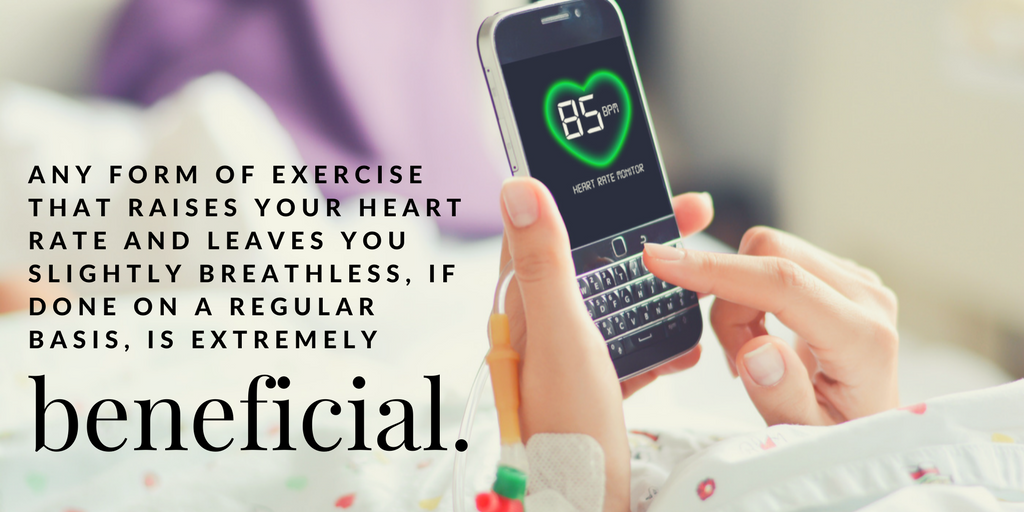
The short answer, HECK YES!

The long answer, Heart Rate Variability is the magic button. Yogis, athletes, and students alike are loving a form of high-tech meditation - HRV Training - which is growing in popularity with bio and Lifehackers everywhere. Not only is this emerging science useful in identifying when we are over-tired or under-recovered, but it's also training us to recognize when we are overly stressed or anxious, and more than that, providing us with a framework to deal with it at the moment.
I, along with a lot of people in my circles, absolutely love this idea, and by the end of this article, I know you will too.
What is Heart Rate Variability (HRV)?
Heart rate variability is a type of tool that's designed to find out how stress affects your body. It basically measures the time between each heartbeat and how it differs when breathing in and out. One of the primary reasons that this metric is tested is that certain HRV amounts can point to good health or bad health, depending on the exact time between heartbeats.
https://www.youtube.com/watch?v=zUyuUoU7lAQ
By having your HRV tested and measured, you will be able to find how much you should work out and basic changes that should be made to your fitness routine. Using this tool can be exceedingly beneficial to your fitness levels.
How to Measure Heart Rate Variability (HRV)
Heart rate variability is measured by identifying the times between each R spike of your heartbeat. The information for these spikes is provided through an ECG, or electrocardiogram trace. The variation of these heartbeats can be used to find how stress and fatigue are affecting the body during training. This takes into account both physiological and psychological stress.
HRV rates can differ between people depending on overall fitness level, size of the left ventricle, skill, or exercise mode. Such factors as body position, current mood, drugs, altitude, and age all have an effect on HRV. In general, it's believed that a high HRV measurement indicates a good fitness level and good health. On the other hand, a lower HRV can be linked to everything from fatigue to stress. Understanding more about these measurements from apps and monitors like ithlete , BioforceHRV , HRV Plus is basically a small part of the science of recovery.
[caption id="attachment_25443" align="aligncenter" width="618"]
 ScreenShots from HRV Plus App - available in the app store
for free.[/caption]
ScreenShots from HRV Plus App - available in the app store
for free.[/caption]Your HRV will be measured along with your resting heart rate over a period of several days. While, at first glance, it might seem that this testing would be lengthy and laborious, the test itself is simply administered once each morning and lasts for just one minute. The measurements span several days to ensure that there isn't an anomaly on one of the days and to ascertain your baseline HRV. Your daily readings are directly compared to the established baseline, which helps with identifying if any large changes have occurred.
Why is Heart Rate Variability (HRV) So Important?
Now that you understand what heart rate variability is and how it's measured, it's time to take a look at why it's so important. Without the information provided by these tests, you may continue to under-train or over-train. Both of these can be harmful to your body. When you under-train, you don't actually progress as much as you might believe you are. Under-training can involve anything from not working out as often as you should, performing exercises incorrectly, or simply not pushing to your limits. Achieving a perfect fitness level involves pushing your body to its limits. This allows you to actually increase your limits over time.
https://youtu.be/9nwFUKuJSE0
However, over-training is very dangerous and is what HRV is primarily designed to help with. Over-training involves pushing past your limits. This can damage your body and limit your recovery. Getting in shape or staying in shape is certainly an admirable goal that you should go about trying to do.
[caption id="attachment_25437" align="aligncenter" width="597"]
 The graph shows the same person, actual readings. First half in stress, second in focus, relax situation. Recorded by Stone Biofeedback device. Image Credit: Wikipedia
[/caption]
The graph shows the same person, actual readings. First half in stress, second in focus, relax situation. Recorded by Stone Biofeedback device. Image Credit: Wikipedia
[/caption]However, when you exercise too much and train too hard, you're actually reducing the efficacy of your workouts and possibly causing your body much harm. Over-training can thankfully be caught before you do too much damage, as there are clear signs and symptoms that occur during the recovery process following a workout routine.
One of the more common ways in which over-training occurs is by starting another workout session before you've fully recovered from your previous one. If this damaging cycle is kept up for a lengthy period, portions of your body will stop functioning properly.
There is a myriad of long-term effects of over-training, but the most important things to look out for are the first symptoms. Injuries such as stress fractures are common with over-training, as are illnesses that occur due to reduced function in the immune system. You'll begin to experience fatigue on a more regular basis as well as a quick reduction of lean body weight, which is certainly counterproductive when trying to stay healthy.

You might also suffer from an increase in your resting heart rate. Basically, this can set you back in many ways. Your body will become weaker and it will simply take you longer to complete your workout goals. Many people believe that training and exercising is the only thing necessary towards achieving a fitter and healthier body. However, it's just one cog in the wheel. For instance, getting a good amount of sleep during your recovery phase is essential if you want your muscles to heal, grow and see your fat lessen.
Studies have shown that athletes who over-train themselves have a lower HRV than athletes that exercise the right way. This is why having your HRV levels tested is so important. Not only will learning about your HRV levels prevent you from over-training now and in the future, but it will also help you know more about your body and what it takes to make your training more effective. There are times during the recovery phase when your HRV numbers could be low. However, they should bounce higher as the recovery phase continues. It's only when the baseline remains low that you should consider adjusting the way you approach working out.

The Most Amazing Benefits of Using Heart Rate Variability (HRV) when Training
As touched upon before, HRV is an extremely useful metric when you wish to maximize your training potential. Without having this variable tested, you could under-train or over-train, both of which can be very harmful to your body. In fact, over-training on a consistent basis can take a long time to fully recover from, months if the damage was extensive. While it's certainly difficult to find out every effect that training has on the body, HRV is the best tool for determining whether you're training correctly and how to fix the issues if you aren't.

Each time you workout, you start out at whatever your current fitness level is. As your tissue is broken down, your fitness level will lessen throughout your training. During the recovery period, this level will rise. If you're training correctly, it will hopefully rise to above the level it was at before you last worked out.
HRV keeps track of your fitness level and allows you to precisely tune your workout to compensate for over-training or under-training.
To best understand the benefits and advantages of utilizing HRV, it's important to look at the results of studies that have been done with this method. One such study focused on soldiers with PTSD. When using HRV to regulate their training, participants saw substantial improvements in many cognitive functions. Additional health outcomes seen in separate studies displayed improvements in cholesterol levels, blood pressure, and glucose levels. Fatigue and stress were also greatly reduced. Without the use of HRV, you can easily miss the signs of over-training. The loss of any earlier gains you had made can take months to get back. With HRV, regulating your training is easy, allowing you to maximize your fitness levels.
How to Get Started with Heart Rate Variability (HRV)
If you wish to get started with HRV, you can easily do so with a simple heart rate sensor. This can come in the form of a finger sensor or chest strap monitor. When using a program such as ithlete or a similar one, you will be tasked with downloading an app that will record your heart rate and its variability. These apps are intuitive, easy-to-use, and informative, providing you with all the information you need to name current problems with your training and what you can do to fix these problems. Measuring your HRV typically takes around one minute.
To simplify the process, I highly recommend checking out the BioForce HRV kit. These guys practically 'wrote the book on HRV' and have everything you need to maximize HRV in your life. The Bioforce HRV System includes, a compatible heart rate monitor, HRV training guide, and an integrated web app that lets you track your workouts, chart your progress, and join the BioForce HRV community. Click on the image below for more info:
[caption id="attachment_25425" align="aligncenter" width="500"]
 BioForce HRV Kit - all you need for heart rate variability testing at home[/caption]
BioForce HRV Kit - all you need for heart rate variability testing at home[/caption]Each morning after you wake, place the finger sensor or chest strap in its position and follow the app instructions. Once 60 seconds have passed, you'll be provided with all the important info from the reading, as well as a training recommendation for the day. You'll know when to train, how to train, and when it's time to rest. The recovery period is just as important as the time you spend working out. Understanding how to best help this recovery period will work wonders with your overall fitness.
Now that you know how to get started with HRV, you can buy a heart rate sensor and take your first measurement.
Next step? Go forward and be awesome! It's that easy.

Resources and more reading:
- http://www.myithlete.com/what-is-hrv/
- https://www.heartmath.org/articles-of-the-heart/science-of-the-heart/article-explains-importance-of-heart-rate-variability-for-your-health/
- http://health.howstuffworks.com/wellness/diet-fitness/information/risks-of-overtraining.htm
- https://www.ncbi.nlm.nih.gov/pubmed/25694852
- Heart rate variability in healthy subjects: effect of age and the derivation of normal ranges for tests of autonomic function




































































































